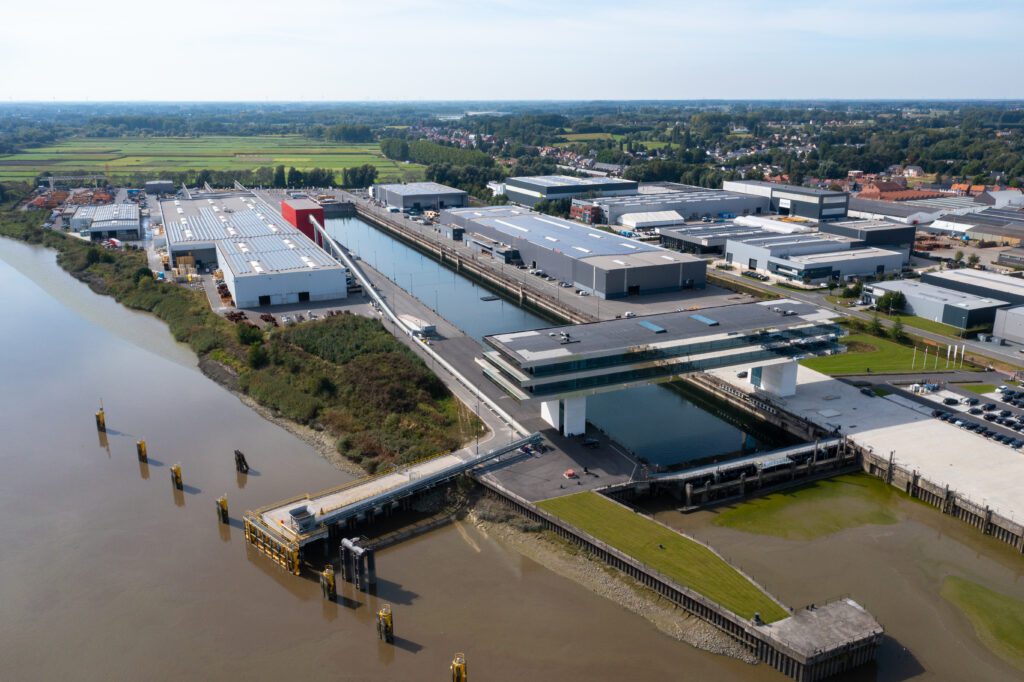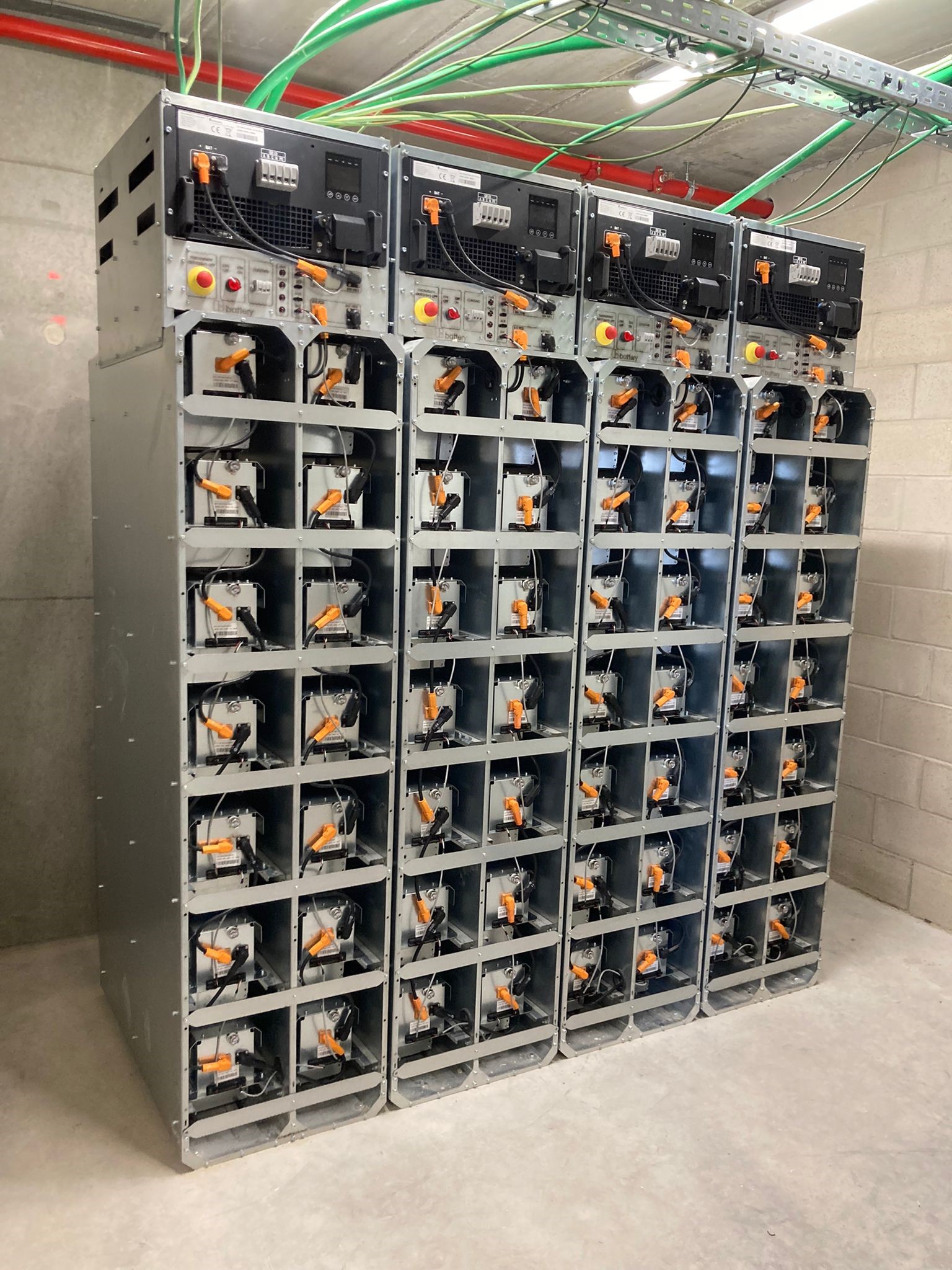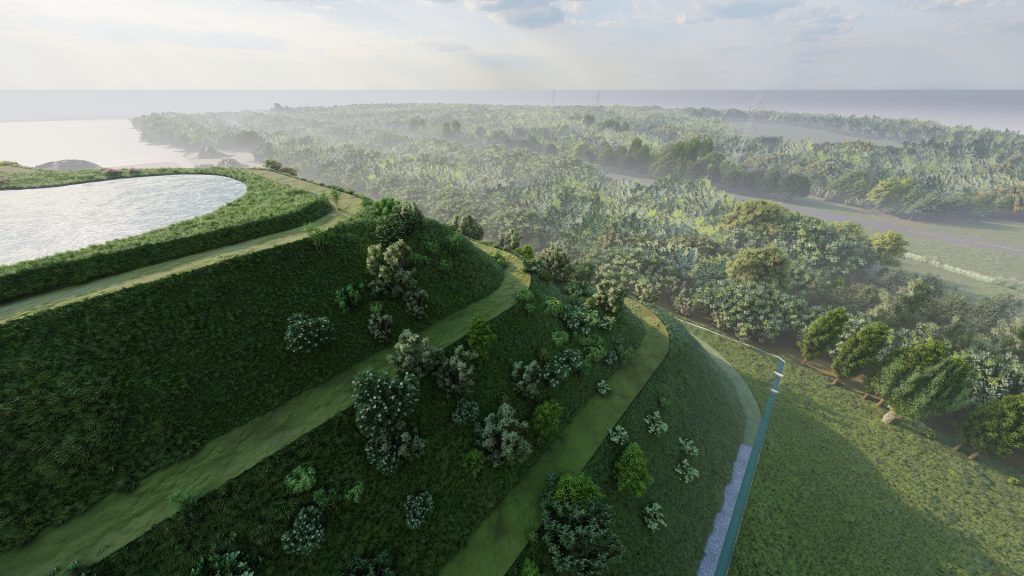New headquarter CM Hasselt
The new headquarters of CM features energy-efficient HVAC systems that ensure efficient production of heating and cooling water with 4-pipe heat pumps.
The modular configured ventilation system provides hygienic ventilation with CO₂ control in specific zones such as meeting rooms.
For optimal comfort, climate ceilings are installed in the building and each zone is individually adjustable, allowing for personalized climate settings.
Due to the modular construction, it is possible to register energy consumption per block/floor/zone for both heating/cooling and water usage.






